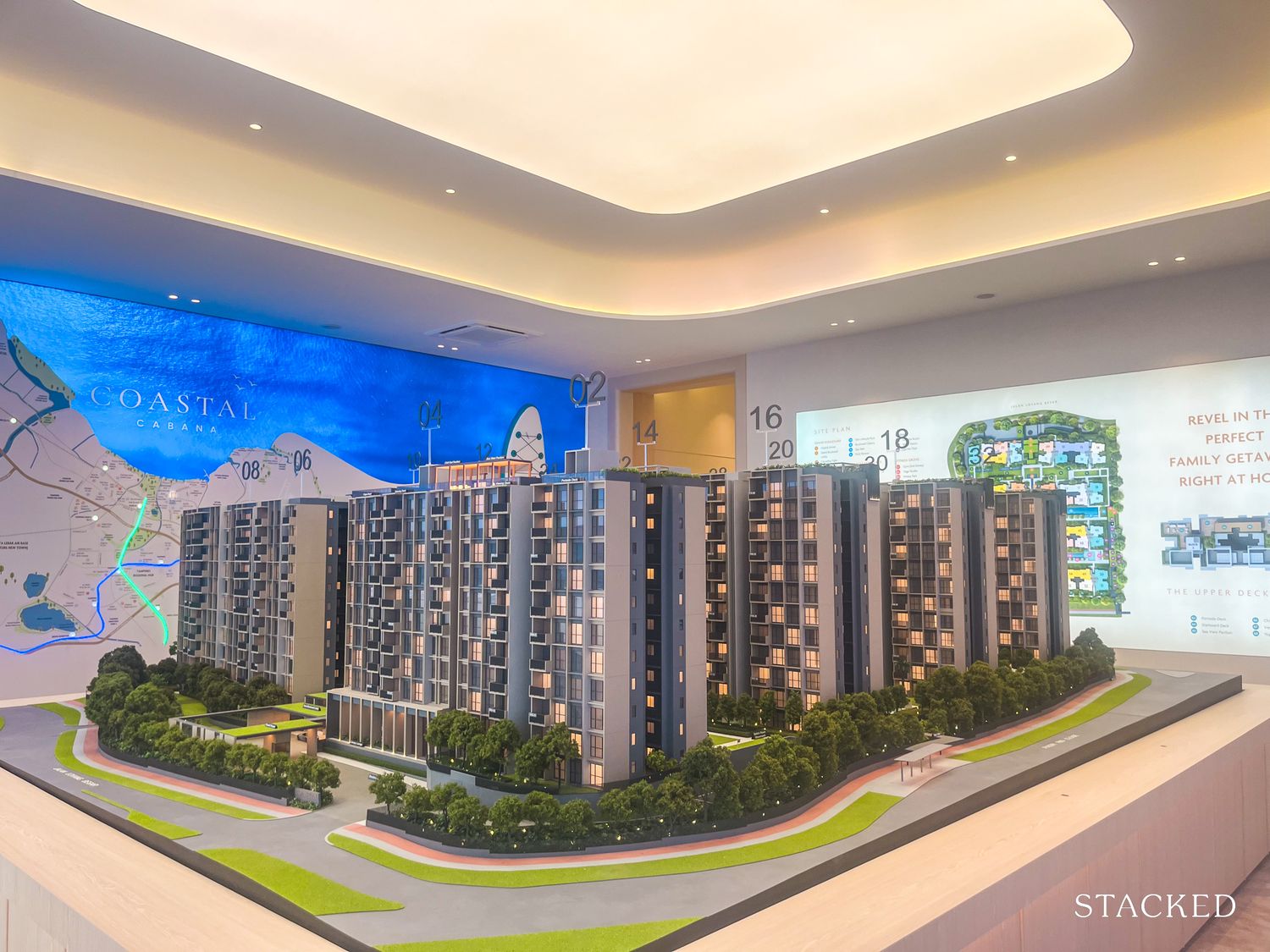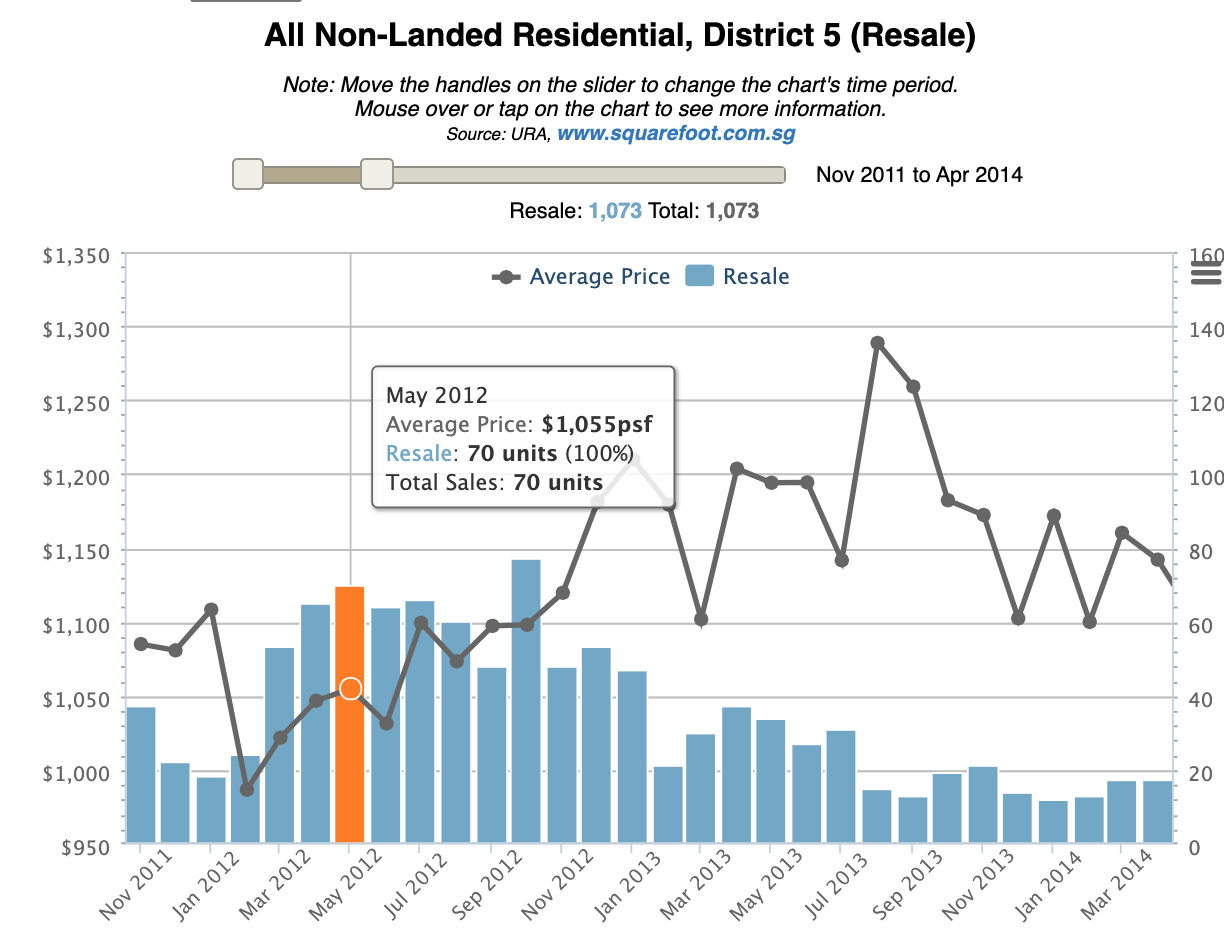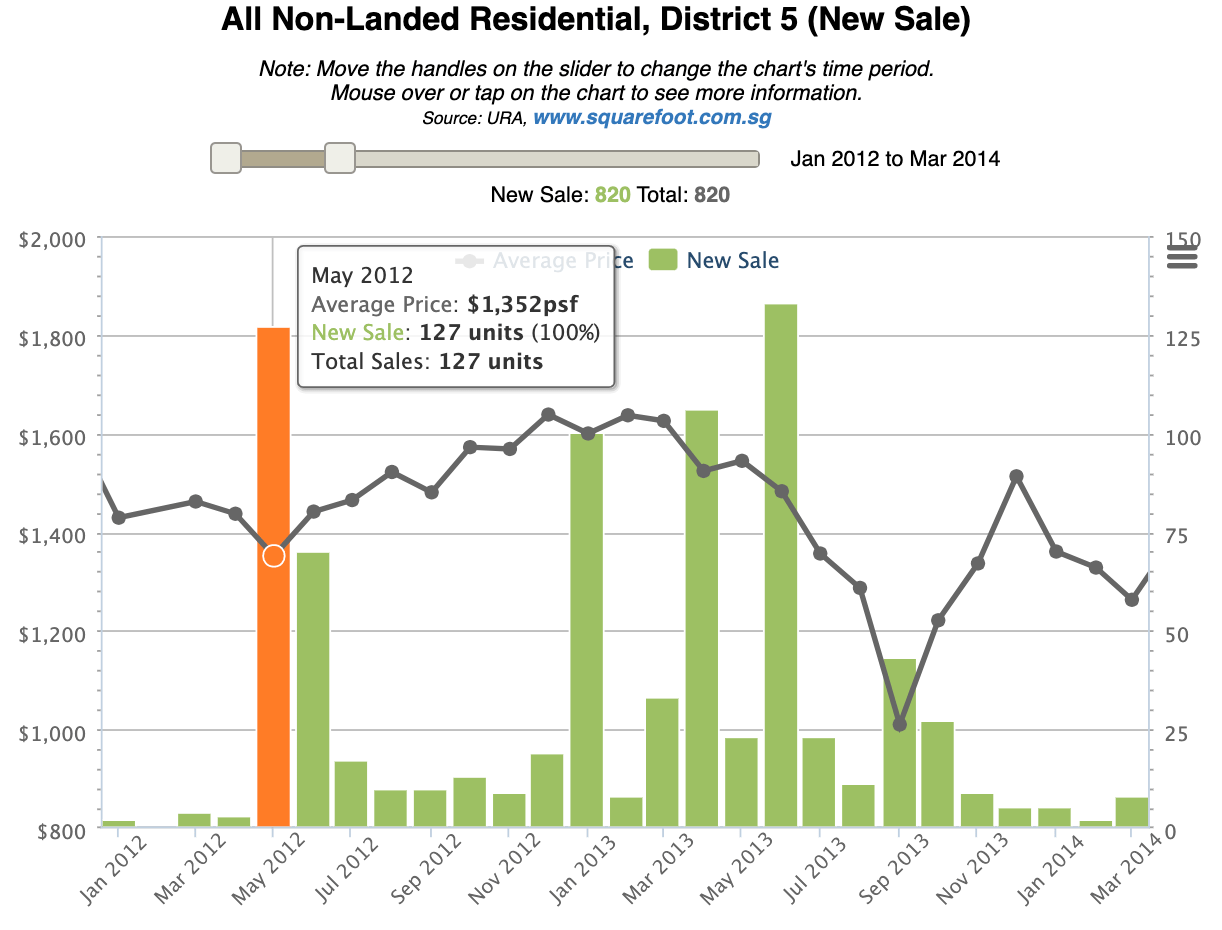The Curious Case Of Seahill: Good Rental Yield But Poor Resale Performance
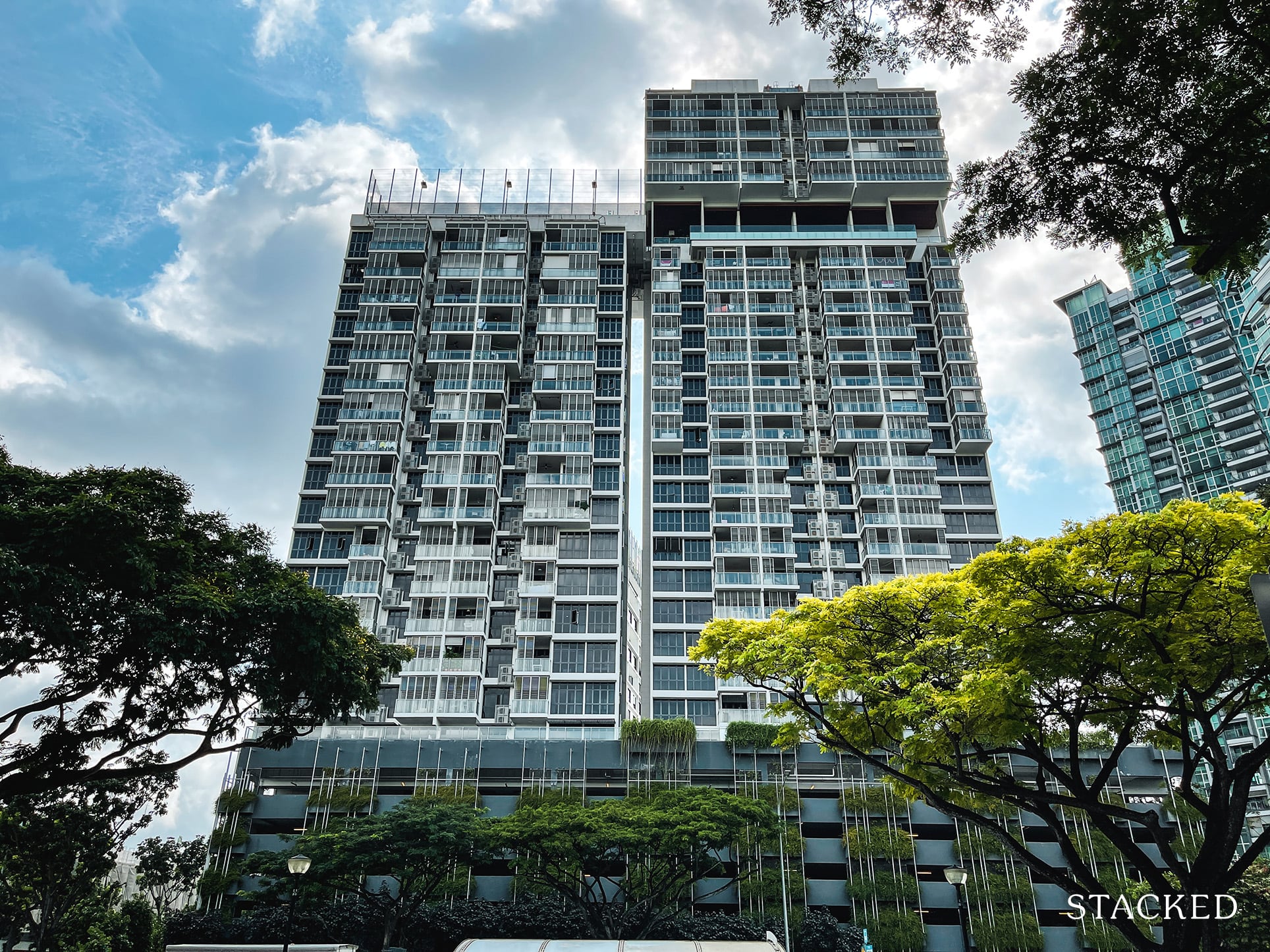
Get The Property Insights Serious Buyers Read First: Join 50,000+ readers who rely on our weekly breakdowns of Singapore’s property market.
If you are looking for a property for investment, which would you pick:
Would you buy a property with a good rental yield but depreciating prices?
Or…
A property with decent potential for appreciation but a poor rental yield?
I suppose ultimately, it depends on your investment objectives, but recently a reader reached out asking about a 1 bedroom rental investment unit at the Seahill.
And after digging deeper, this development offers investors exactly that dilemma today: rental yield or capital appreciation.
So today, let’s look at this case study on the Seahill and see what we can learn from it.
Let me start with some background on the Seahill for those who are less familiar with it:
The Seahill is a condo that was recently built in 2016. It has a total of 338 units and is quite unique in that it offers 4 different types of unit options. There’s the regular unit, SOHO, triplex townhouse, and serviced apartments as well.
But one interesting aspect here is that the townhouses here are eligible to be purchased by foreigners.
This is because Far East purchased the land before the new legislation, so unlike similar cluster home projects by Far East such as the Alana, in which foreigners are required to apply for LDAU approval – there’s no such requirement here.
So background aside, one thing that Seahill has going good for it is the facilities:
Good facilities
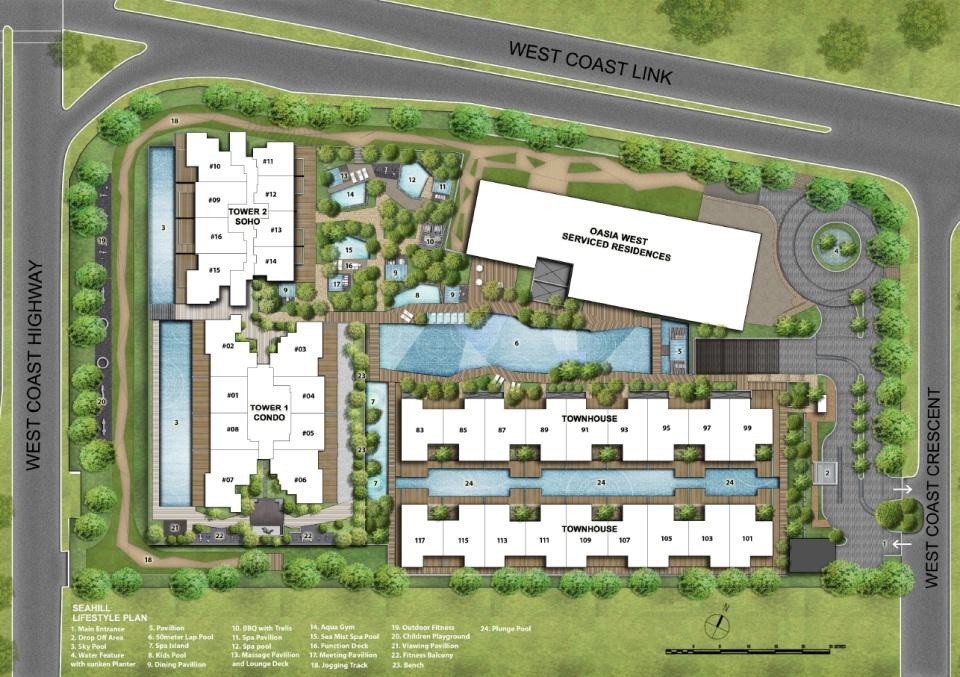
As you can see, the Seahill is very generous when it comes to swimming pools. Each section basically comes with its own pool and so you are never really more than a few footsteps away from one.
While it’s nice that you do have various pools to choose from should one get overly crowded, they are all more or less rectangular in nature – so variety wise it isn’t super different.
Also because there is a tower block, you do have facilities at the top (24th floor) that allow residents to enjoy the sea views too even if they are living on a lower level or a ground floor type like the Townhouse. And playing tennis at that level must be quite something!
Next, it has a location that is well-suited rentability wise:
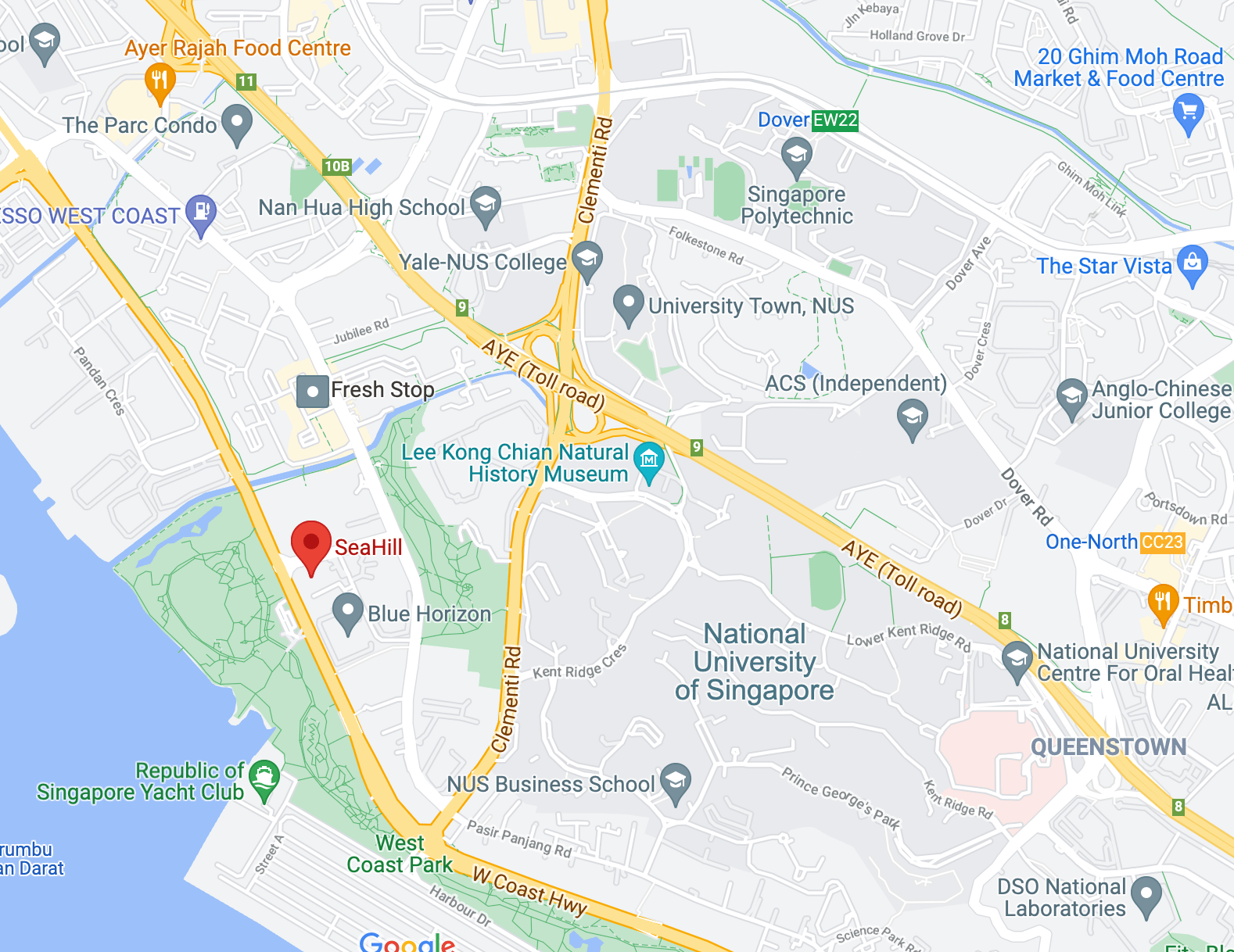
Semi-attractive location
Of course, being so far out in the West, the Seahill isn’t what you’d call a centrally located development. Still, it does offer various perks in its immediate location.
For one, it is located pretty close by to West Coast Plaza and the food centre/market too.
In terms of nature, this is probably as good as it gets as the estate is practically straddled between 2 sizable parks – West Coast Park and Clementi Woods Park. Of the 2, West Coast Park is a little more famous because of the huge selection of playgrounds for kids and the usually busy Mcdonalds along with the drive-thru.
So even with the good selection of pools, having this much open area at your doorstep is naturally very attractive to families with young children.
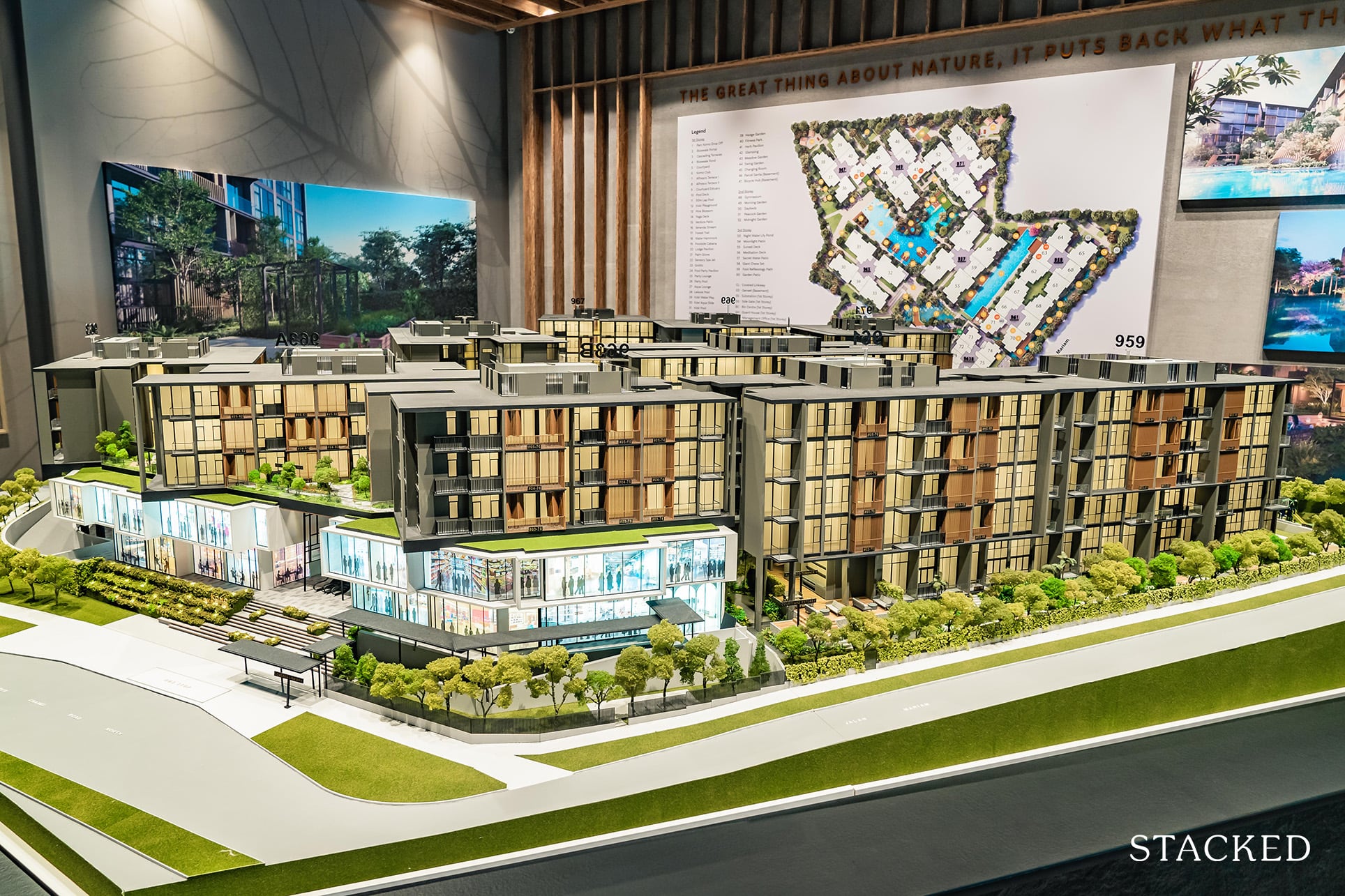
Property Picks10 Most Affordable New Launch 4-bedroom Units Under $1,540 PSF For Families
by Ryan J. OngNext, you are closely located to major educational institutes (NUS), and areas such as the Pandan Loop industrial area along with the Mapletree Business City further down the road.

The biggest downside? It isn’t near an MRT station so you are highly dependent on bus services to get to the MRT.
So primarily because of the location and strong facility offering, rentability is high and the rental yield is higher than the market average as well, with current rental yields of around 4%
More from Stacked
Should You Buy Sora? A Pricing Review Comparison With Lakegarden Residences And Surrounding Resale Condos
Given the attractiveness of Sora’s launch pricing in the wider context of the property market in 2024, let’s now take…
However, there is a catch. As yield is a function of rental rates and prices, something has to give – and the low quantum here is what makes it attractive in terms of yields. Prices have rather stagnated and some even depreciated since its launch back in 2012:
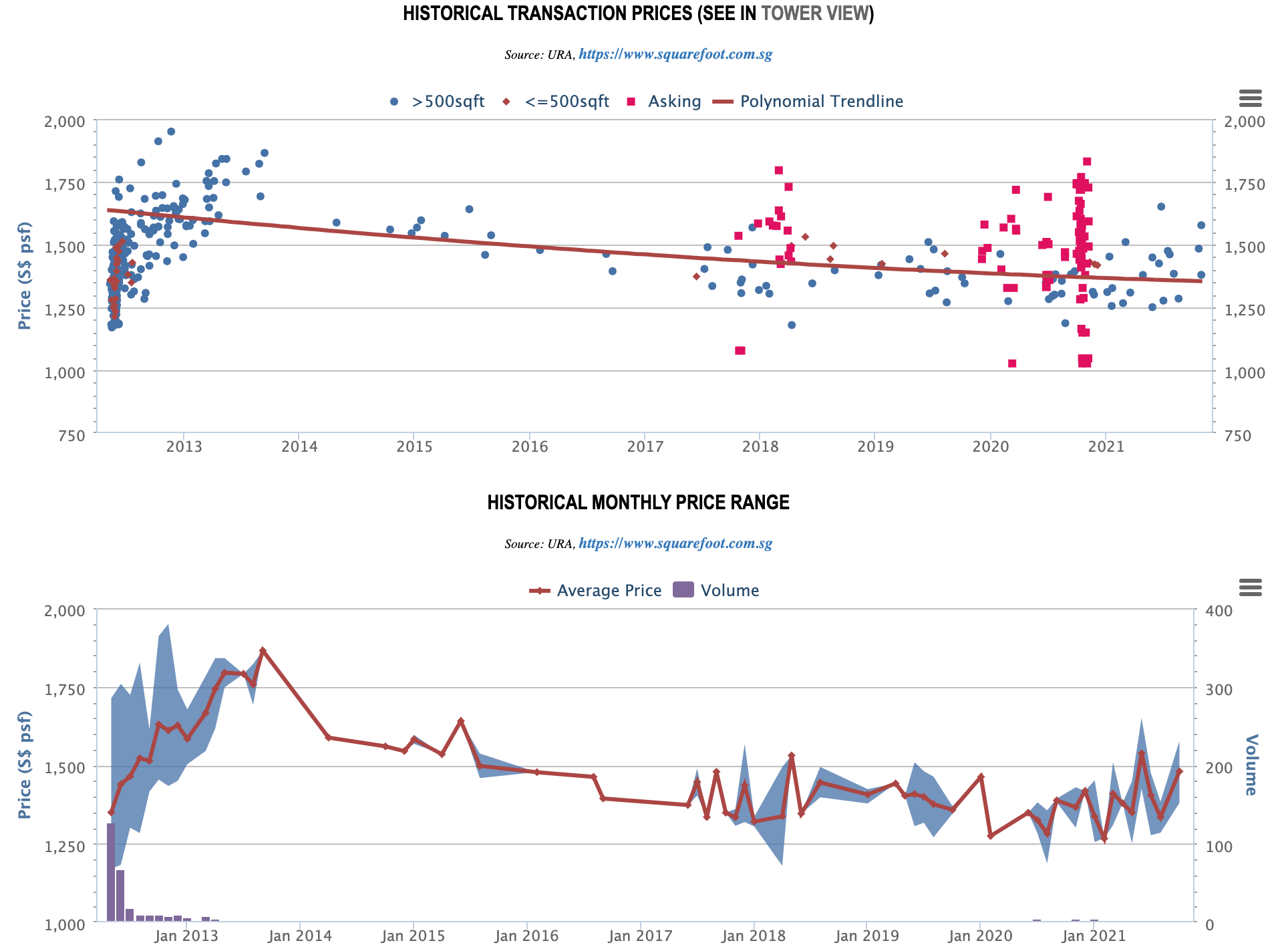
What are some reasons behind this?
For one, it was launched in May 2012 at a $1,3xx psf average which rose to $1,6xx average by the end of 2012 – these were prices that were significantly higher than its resale comparables. Hence, it’s likely that when it was finally built and the end product could not justify such pricing, the resale market could not support this either.
The surrounding resale prices were transacting at $1,0xx psf for the district, which signalled a close to 22% gap between its resale counterparts.
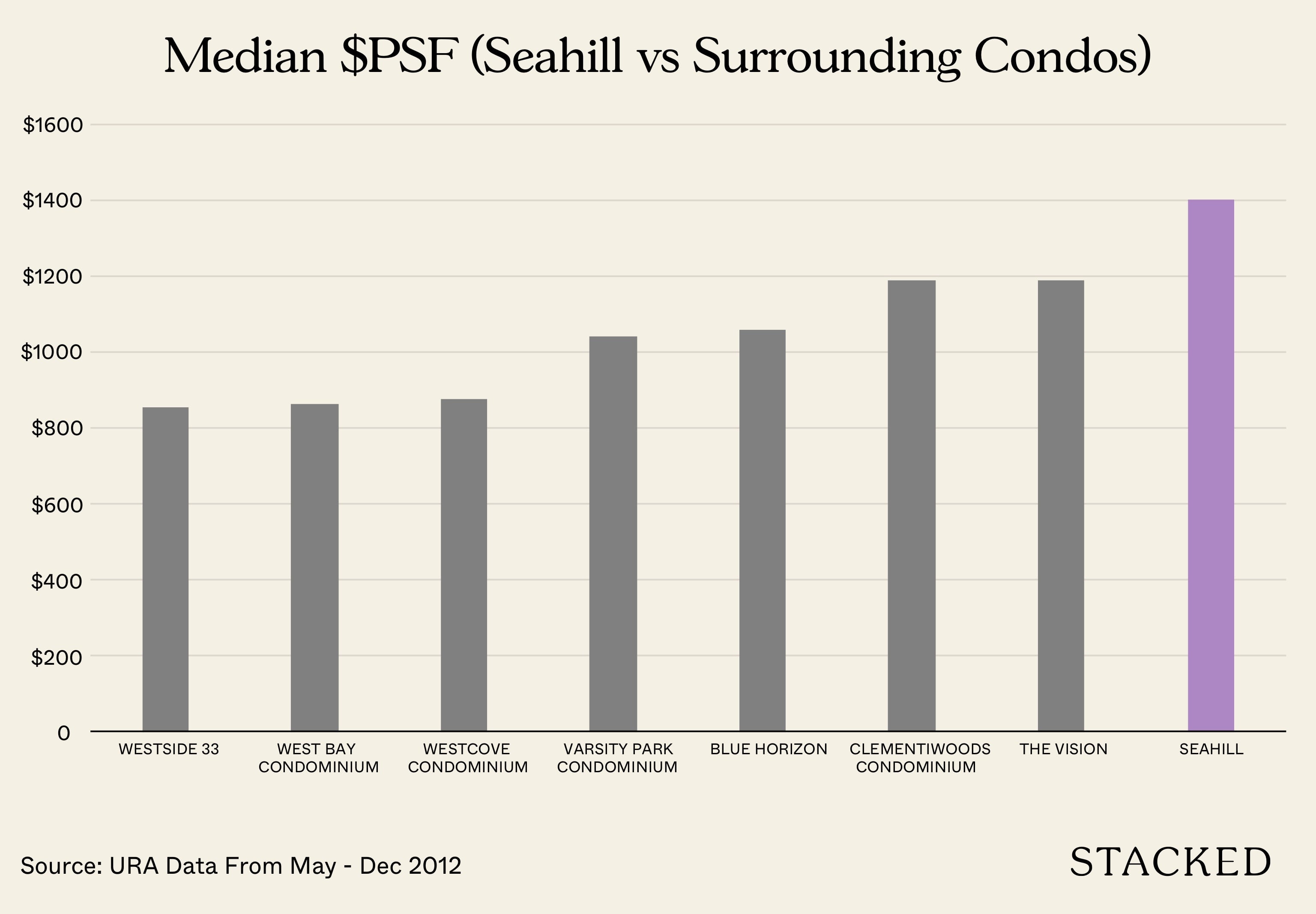
Here’s what prices of resale and new sales looked like in district 5:
As of today, the development has seen 36 profitable transactions and 36 unprofitable transactions. This is a red flag that prices have remained rather stagnant.
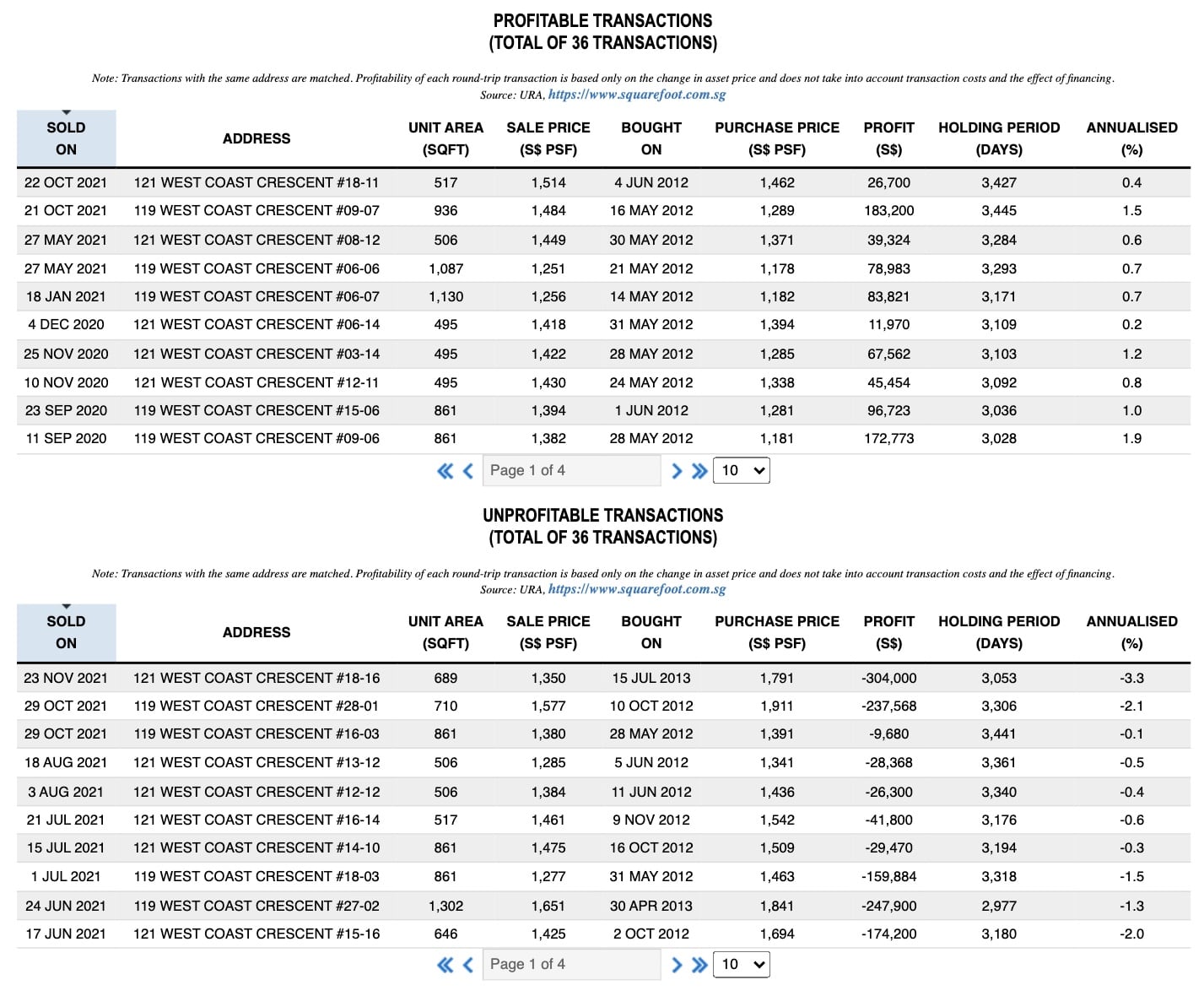
Next, this is likely due to the unfavourable unit layout, a loft unit type that is where it caters to a niche group of buyers.
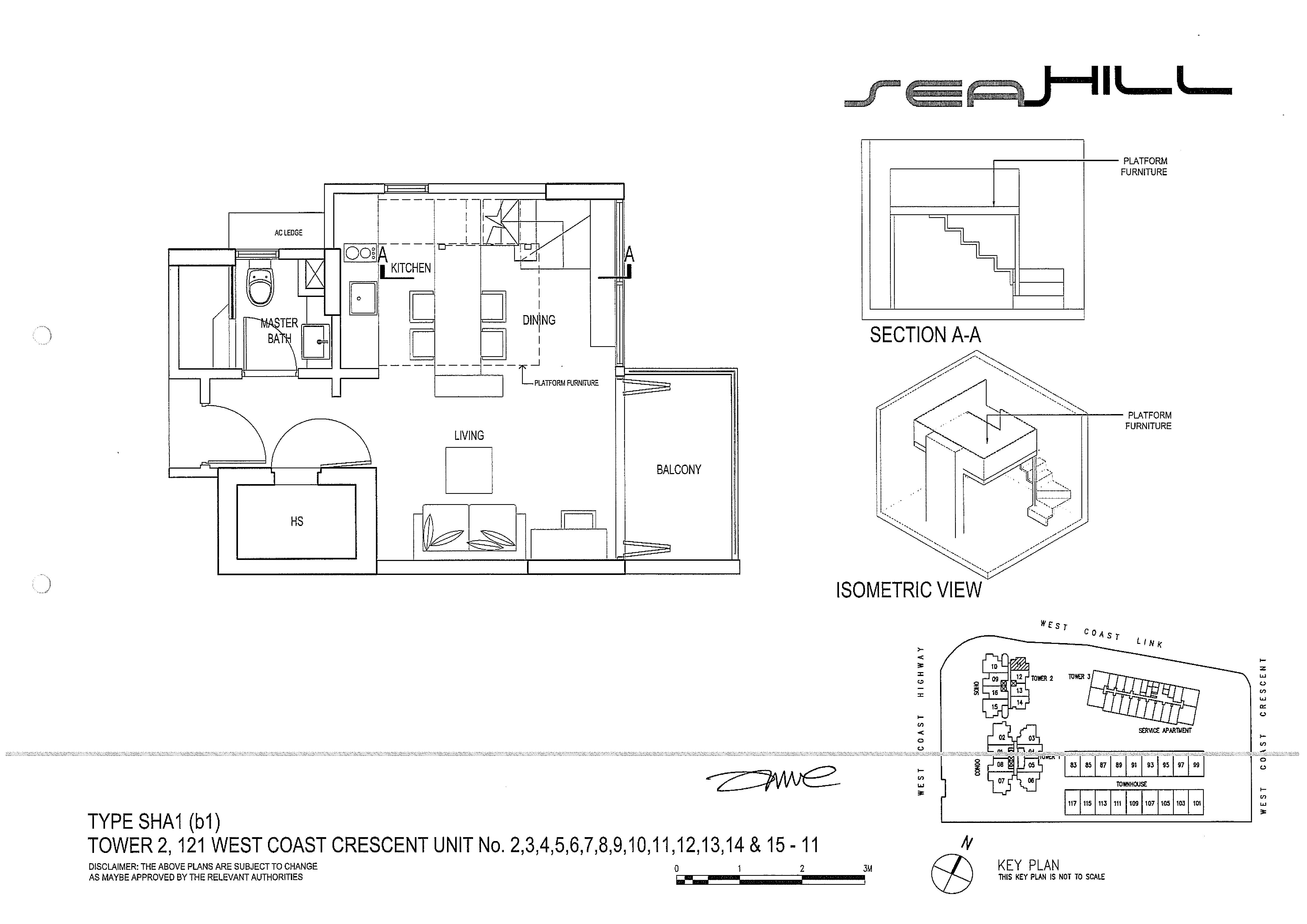
We think that a proper one-bedroom separating the bedroom and living area and not having to climb to bed would be more preferable – this is based on our experience talking to clients and is evident in pricing behaviours of such unit types (see The Tennery as another example).
Admittedly, the high ceilings are attractive, but it’s just not as practical to live with on a day to day basis, especially with the low headroom in the sleeping area.
Yet, rental rates here have been quite decent. Why so?
If you look at the supply of 1-bedders in the area, you’ll find that Seahill is the only condo with this unit type. Other developments around have minimally 2-bedders onwards with rental rates of at least $3k+.
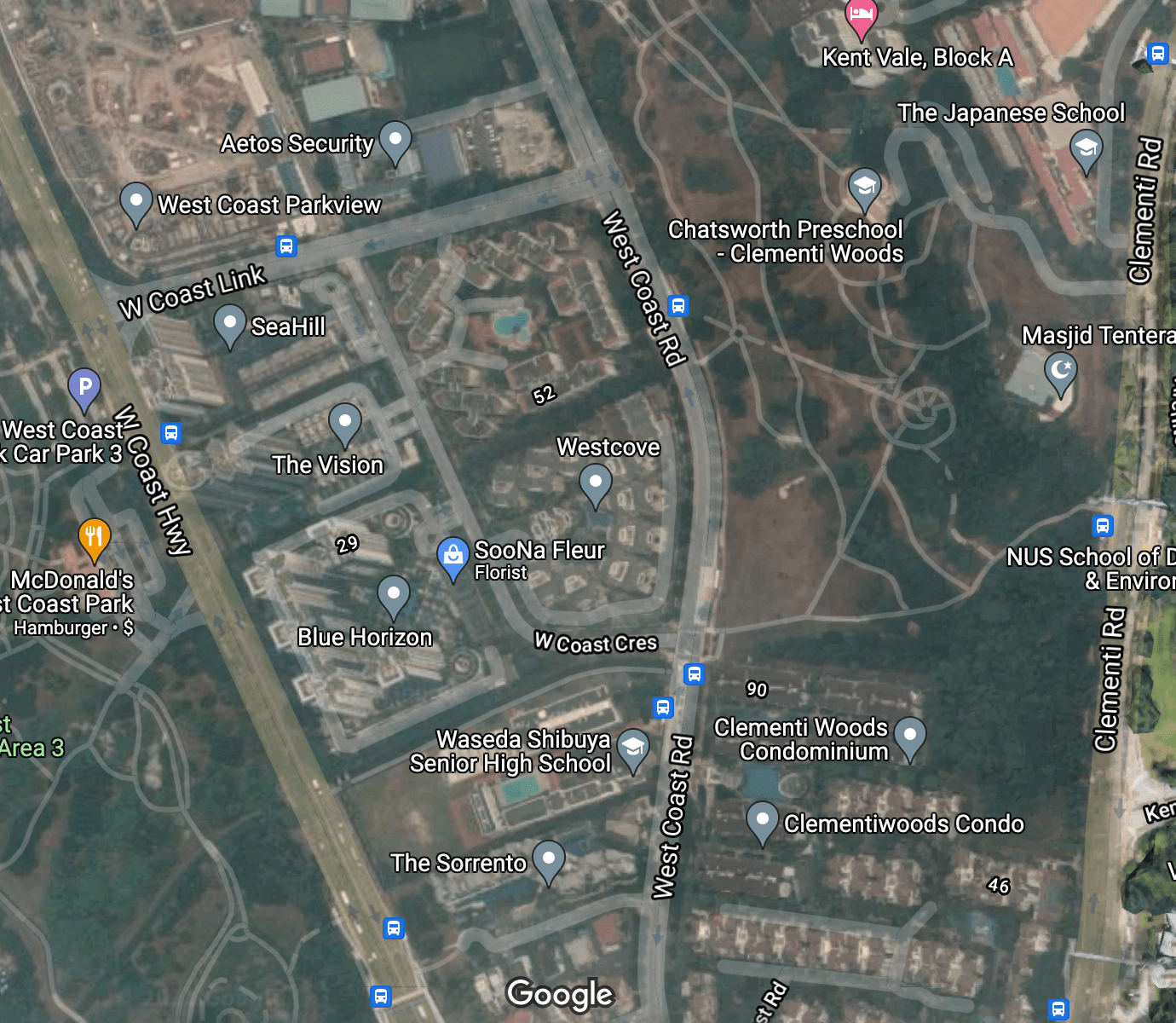
This combination of its location and facility attributes but a niche unit type that isn’t very favourable led to a situation of good rental rates but stagnant pricing.
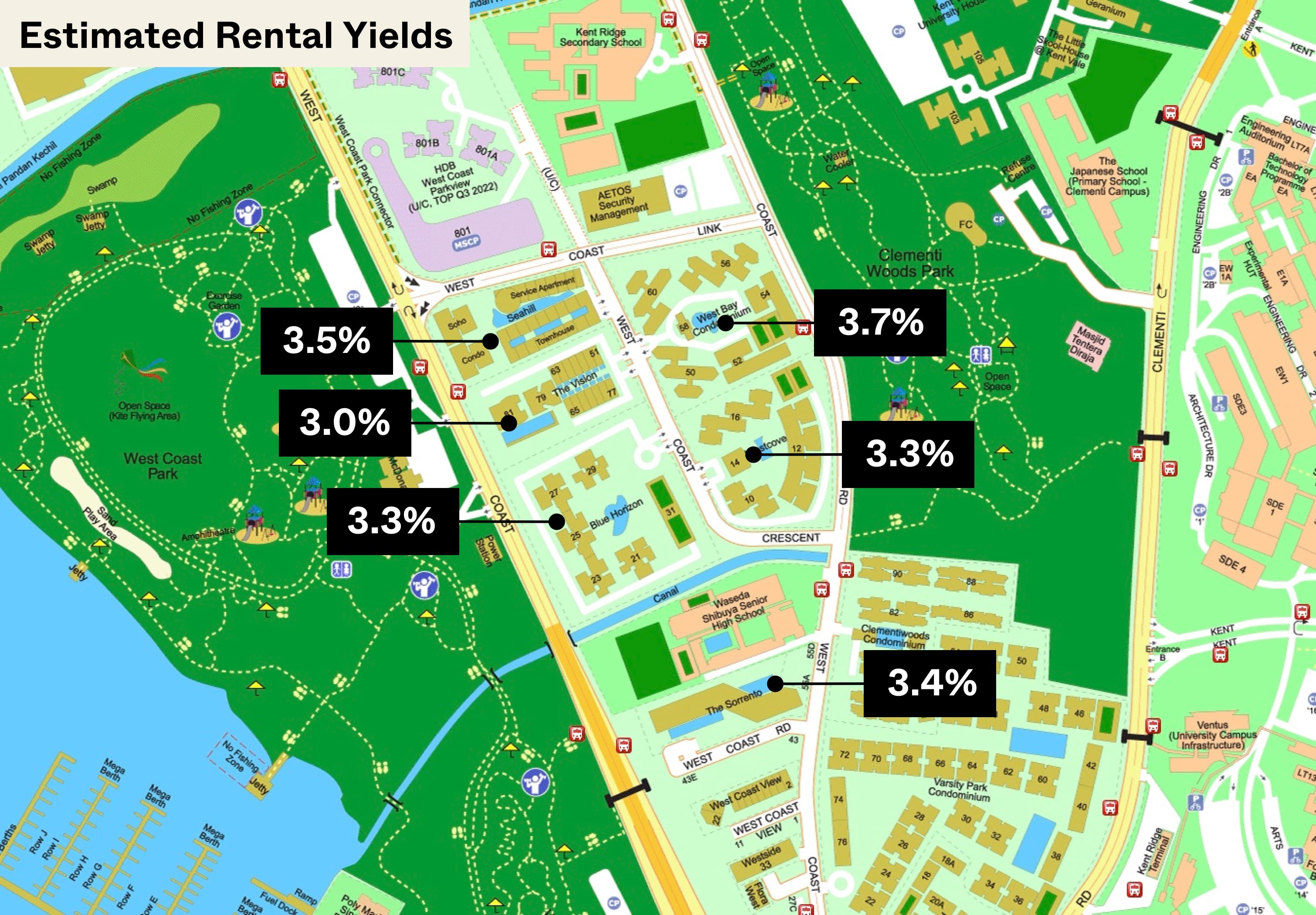
As such, it’s great for rental, but perhaps not so much if you are looking for good capital appreciation.
Final Words
To sum it up, there is generally an inverse relationship between yield and capital appreciation. The higher the yield, the lower the capital growth is likely to be, and the higher the capital growth the lower the yield is likely to be.
It goes without saying that properties with good capital appreciation are found in areas where you have more demand than the supply, and prices are driven up as buyers compete for the limited properties available.
This will happen in areas that are close to working areas, with good amenities, public transport and infrastructure (or future growth).
In other words, in good locations that people want to live in.
However, over time because these properties cost more to purchase, rental yields may not necessarily rise along with the demand.
So which would you pick? Let us know in the comments below.
For more on issues affecting property investment, or in-depth reviews of new and resale properties, follow us on Stacked. If you’re pondering the future gains of your property purchase, do reach out to us for a proper consultation.
Sean Goh
Sean has a writing experience of 3 years and is currently with Stacked Homes focused on general property research, helping to pen articles focused on condos. In his free time, he enjoys photography and coffee tasting.Read next from Property Investment Insights

Property Investment Insights This 698-Unit Ang Mo Kio Condo Launched At The Wrong Time — And Still Outperformed Peers

Property Investment Insights These Resale Condos In Singapore Were The Top Performers In 2025 — And Not All Were Obvious Winners

Property Investment Insights How A 944-Unit Mega-Condo In Pasir Ris Ended Up Beating The Market
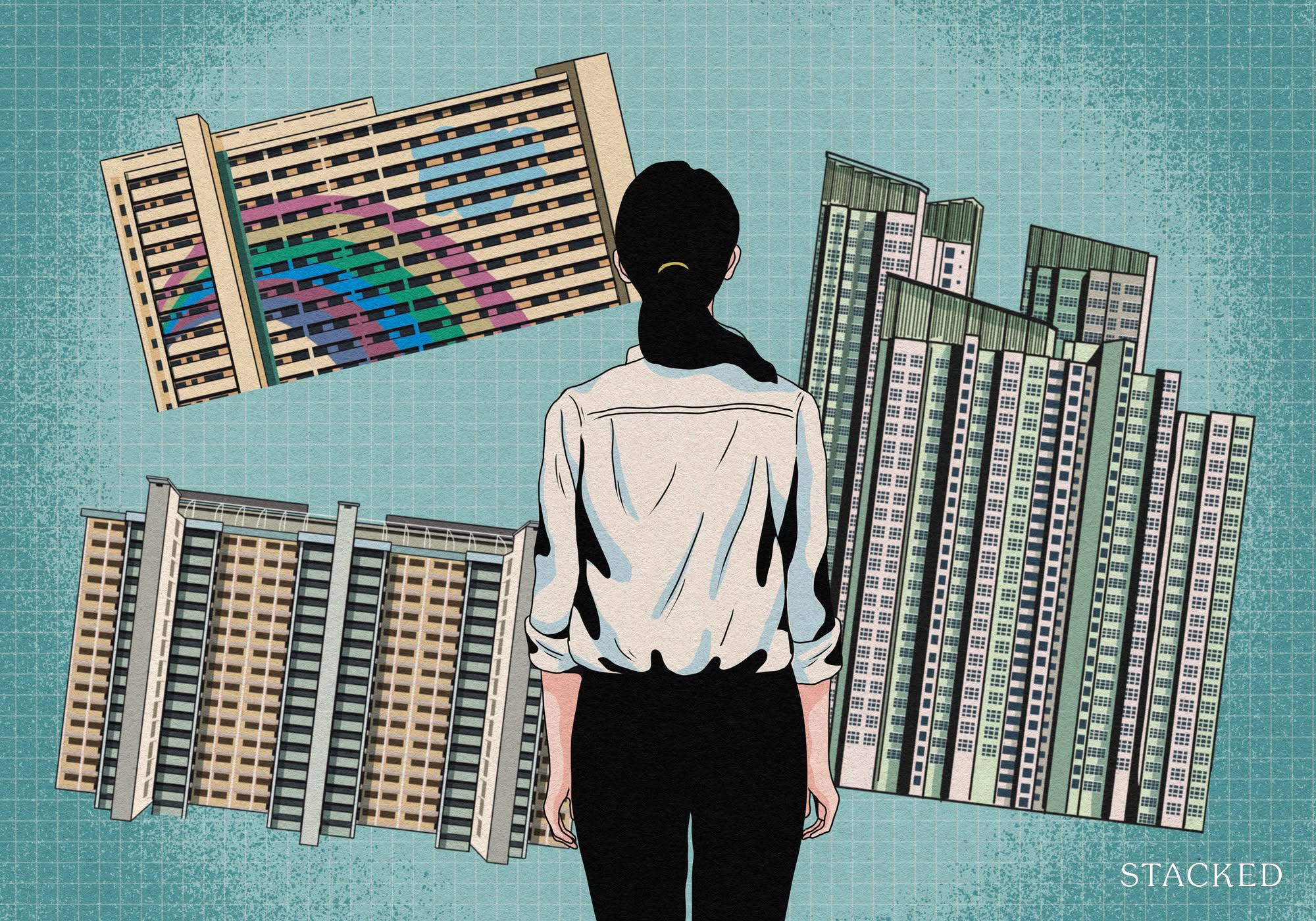
Property Investment Insights What Changed In Singapore’s Property Market In 2025 — And Why It Matters
Latest Posts

Property Market Commentary A Wave Of New HDB Resale Supply Is Coming In 2026: Here’s Where To Find Them

Property Advice We Own A $800K 1-Bedder And A $1.1M 3-Bedder: Is It Possible To Upgrade To A 4-Bedder Condo?

On The Market These Are Some Of The Cheapest 5-Room HDB Flats Left In Central Singapore

Singapore Property News $281.2M in Singapore Shophouse Deals in 2H2025 — But That Number Doesn’t Tell the Full Story

Property Market Commentary 5 Key Features Buyers Should Expect in 2026 New Launch Condos

Editor's Pick What “Lucky” Singaporean Homebuyers Used To Get Away With — That You Can’t Today

Singapore Property News CapitaLand–UOL’s $1.5 Billion Hougang Central Bid May Put Future Prices Above $2,500 PSF

Singapore Property News Why New Condo Sales Fell 87% In November (And Why It’s Not a Red Flag)
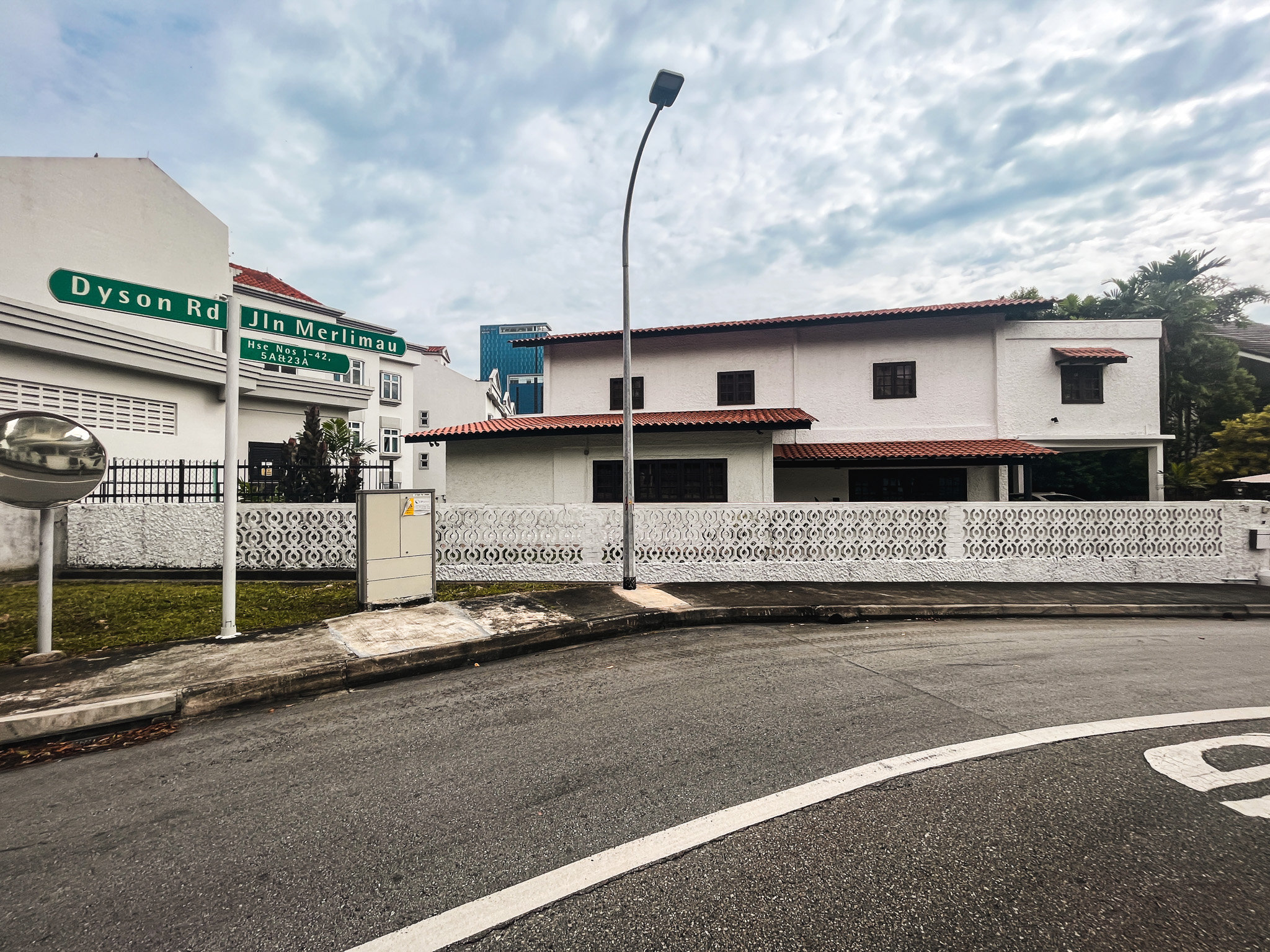
Editor's Pick We Toured A Quiet Freehold Landed Area Near Reputable Schools — Where Owners Rarely Sell

Singapore Property News How Much Smaller Can Singapore Homes Get?

Editor's Pick The Biggest Mistake Singaporeans Make When Analysing Overseas Property
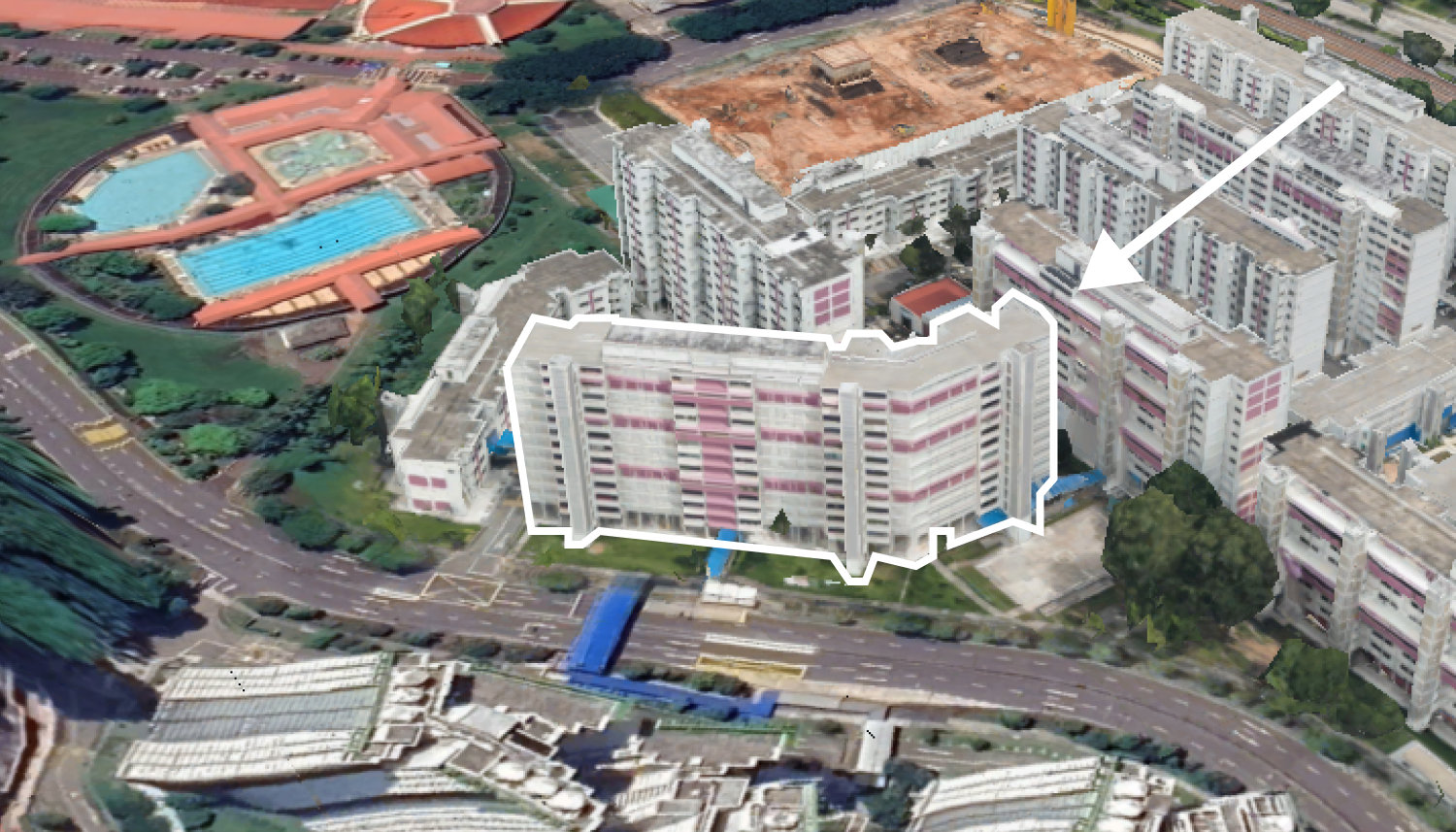
On The Market 5 Spacious 5-Room HDB Flats Under $600K You Can Still Buy Today
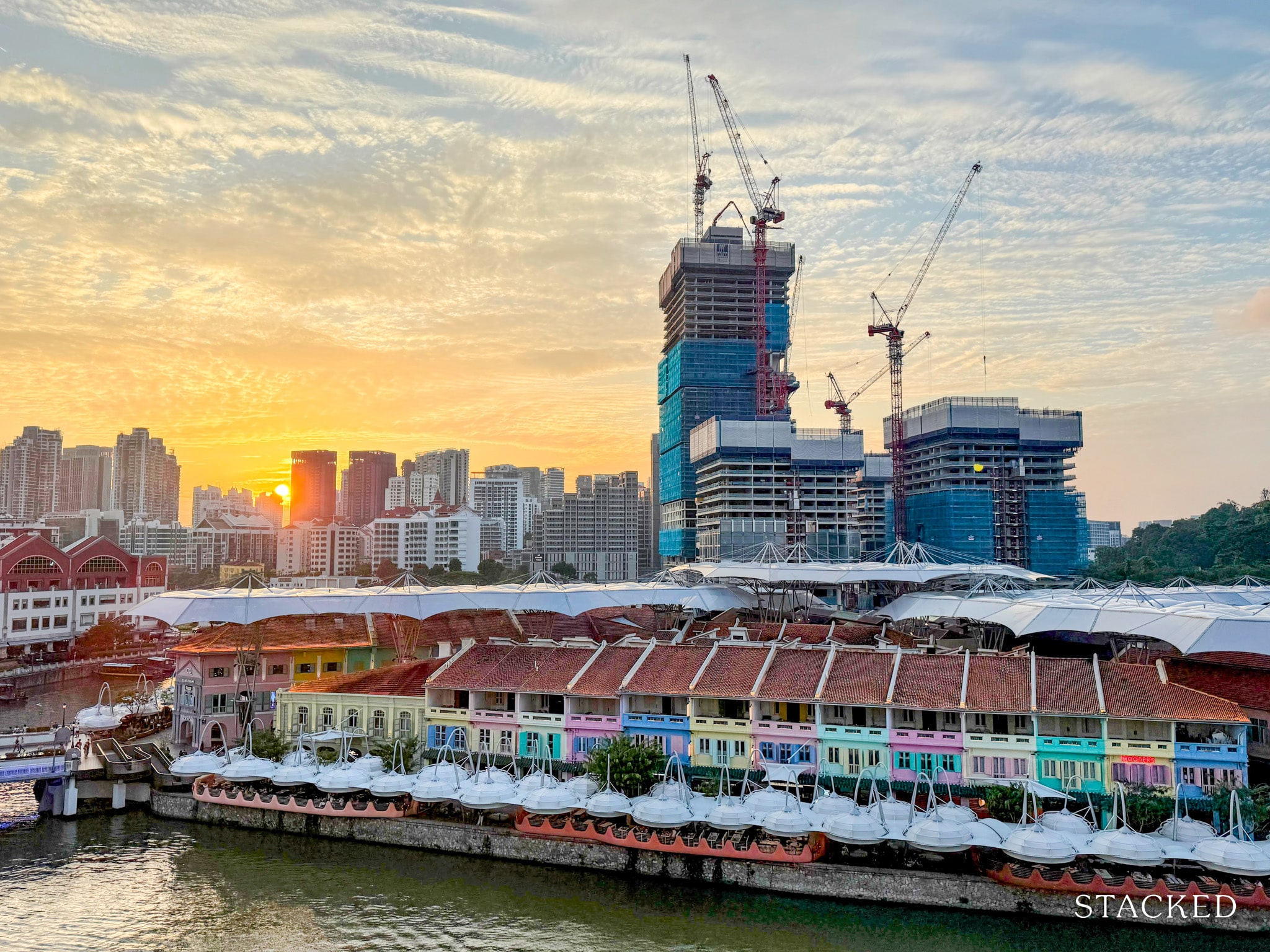
Editor's Pick 7 Close To TOP New Launch Condos In 2026/27 For Those Looking To Move In Quick

Property Advice I Own A 55-Year-Old HDB Flat, But May Have To Sell — Can I Realistically Buy A Freehold Condo With $700K?

Property Market Commentary Why It’s So Much Harder For Young Singaporeans To Buy A Home Today
